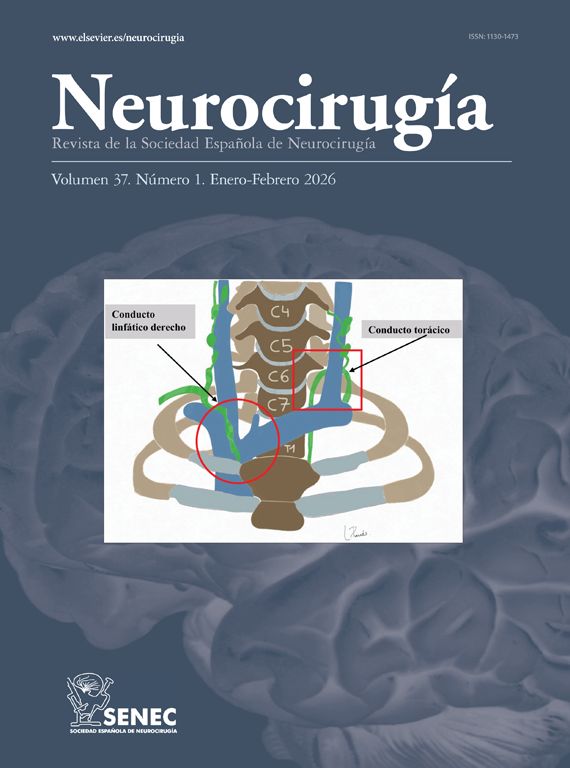C0424 - "INVISIBLE COMPRESSION", TRIGEMINAL NEURALGIA IN THE CONTEXT OF DISTANT MENINGIOMA, CASE REPORT
Hospital Universitario Marqués de Valdecilla, Santander, España.
Objectives: Trigeminal neuralgia secondary to middle and posterior fossa lesions has been well described. Nevertheless anterior fossa tumors are a less recognized as a source of facial pain. We report a case of a patient whose neuropathic symptoms resolved following resection of an anterior clinoid meningioma. We review how certain remote tumors distant of critical structures may be an underlying cause of this disabling disease.
Methods: A 75-year-old female patient came to the emergency room complaining of an intense and continuous hemifacial pain. Anamnesis and physical examination revealed an intense electric shock-like sensation radiating towards the whole right side with V2 branch predominance. Cranial CT scan showed a right anterior clinoid lesion suggestive of meningioma. An MRI did not evidence nerve, cavernous sinus or vascular compression. Surgical removal was offered.
Results: A frontal craniotomy with gross total resection were performed (Simpson grade-II). Immediately following the procedure, her preoperative pain disappeared, our patient was discharged with no neurological deficits. Nowadays, three years after the surgery, she maintain this pain relief and is still asymptomatic.
Conclusions: Direct compression by tumors or aberrant vessels are a well-known cause of trigeminal neuralgia and facial spasms. Nevertheless, distant lesions as parafalcine meningiomas involving cortical structures have been reported with surgical resolving treatment. In other cases, contralateral tumors in the cerebellopontine angle can shift brainstem or small vessels making them to touch the fifth nerve branches. In our case no contact with cranial nerves or displacement of vascular anatomy were identified in neuroimage but operative treatment was effective. The probable cause of this success could be the existence of an indirect compression: shift of microstructures invisible to the MRI.Our case constitutes an example of how certain distant tumors in the presence of trigeminal neuralgia may benefit of surgical removal even no evident radiological nerve involvement could be demonstrated.







